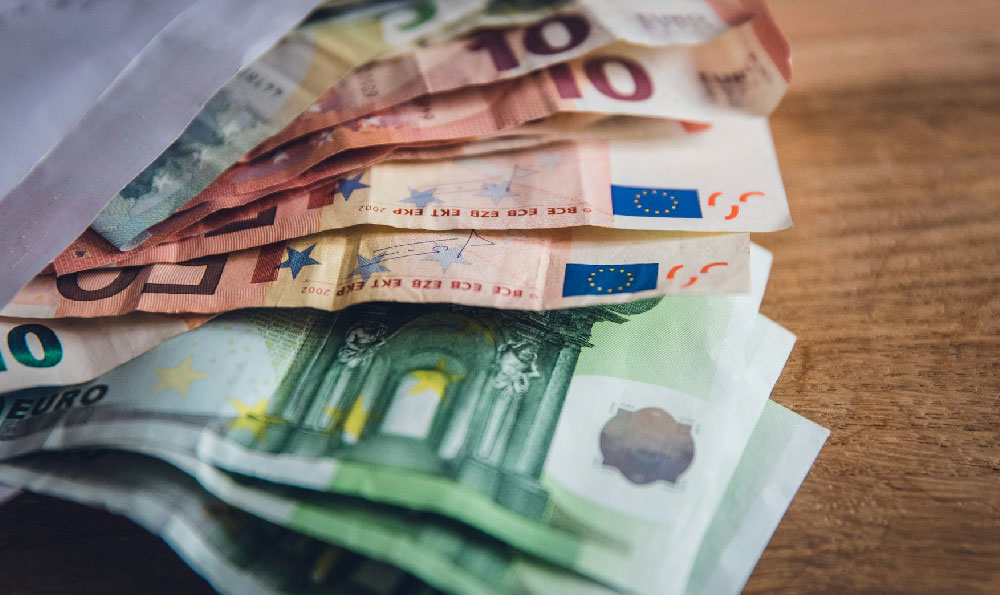
Investing in the Iraqi Dinar, the official currency of Iraq, is a topic that often surfaces among those seeking unconventional investment opportunities. While the allure of potentially high returns is tempting, understanding the nuances of this investment requires careful consideration. It is crucial to approach the Iraqi Dinar with informed skepticism and a thorough grasp of the underlying risks and rewards.
The primary argument fueling interest in the Dinar stems from the belief that once Iraq stabilizes politically and economically, the Dinar will revalue significantly against the US dollar or other major currencies. This optimistic scenario is predicated on the notion that the Dinar is currently undervalued due to decades of war, sanctions, and political instability. Proponents argue that with Iraq's vast oil reserves and potential for economic growth, the Dinar's value is poised to surge. They envision a future where a revaluation could result in substantial profits for those who invest in the currency now.
However, this optimistic outlook is fraught with significant challenges and uncertainties. The Iraqi economy, while showing signs of recovery, remains fragile. Political instability, corruption, and ongoing security concerns continue to plague the nation. These factors hinder economic development and cast doubt on the prospects of a rapid and sustained revaluation of the Dinar.

Furthermore, the Iraqi Dinar is not a freely traded currency. Its availability is limited, and transactions often involve high transaction costs and wide spreads. This lack of liquidity makes it difficult to buy and sell the Dinar at favorable rates, potentially eroding any potential profits. Moreover, the market for the Dinar is largely unregulated, creating opportunities for scams and fraudulent schemes. Unscrupulous dealers may prey on unsuspecting investors, selling them Dinar at inflated prices or promising unrealistic returns.
The historical performance of the Dinar also provides little encouragement. Despite some periods of relative stability, the currency has not demonstrated a consistent upward trend. The redenomination of the Dinar in 2003, following the fall of Saddam Hussein, did not lead to a significant appreciation in its value. In fact, the Dinar has largely remained range-bound, with limited fluctuations.
One of the most significant risks associated with investing in the Dinar is the lack of readily available information and transparency. Reliable data on the Iraqi economy and financial system is often scarce, making it difficult for investors to assess the true value of the currency. This opacity increases the risk of making uninformed investment decisions based on speculation and hearsay.
Adding to the complexity is the role of the Central Bank of Iraq (CBI) in managing the currency. The CBI has intervened in the foreign exchange market in the past to stabilize the Dinar and manage inflation. These interventions can have a significant impact on the currency's value and make it difficult to predict its future performance. It is important to acknowledge that any sudden policy shift or intervention by the CBI could potentially negate any anticipated gains from a Dinar investment.
Before considering an investment in the Iraqi Dinar, it is crucial to conduct thorough due diligence. This includes researching the Iraqi economy, understanding the political landscape, and evaluating the risks associated with investing in an illiquid and unregulated market. Investors should also consult with financial advisors to assess their risk tolerance and determine if such an investment aligns with their overall financial goals.
It is also vital to be wary of overly optimistic claims and guarantees of high returns. Any investment opportunity that seems too good to be true should be approached with extreme caution. Scammers often use aggressive marketing tactics and emotional appeals to lure investors into fraudulent schemes.
Instead of viewing the Iraqi Dinar as a get-rich-quick scheme, prospective investors should consider it as a highly speculative and long-term investment. The potential for significant returns is undeniable, but it comes with equally significant risks. It is essential to be prepared to lose the entire investment if the Dinar does not revalue as anticipated.
In conclusion, investing in the Iraqi Dinar is a gamble with significant risks and uncertain rewards. While the potential for high returns exists, it is contingent on a complex set of factors that are difficult to predict and control. Before venturing into this unconventional investment, it is crucial to conduct thorough research, understand the risks, and consult with financial advisors. Only invest what you can afford to lose, and be wary of overly optimistic claims and guarantees of high returns. A diversified investment portfolio with exposure to more stable and liquid assets is generally a more prudent approach to wealth creation. The Iraqi Dinar, at best, should be considered a very small, speculative portion of a well-balanced investment strategy, if considered at all. The wise investor will prioritize capital preservation and steady growth over the allure of a potentially fleeting and high-risk opportunity.





